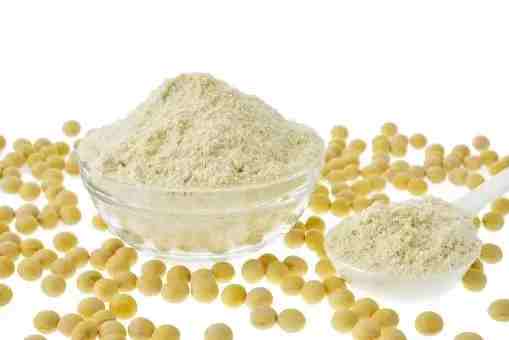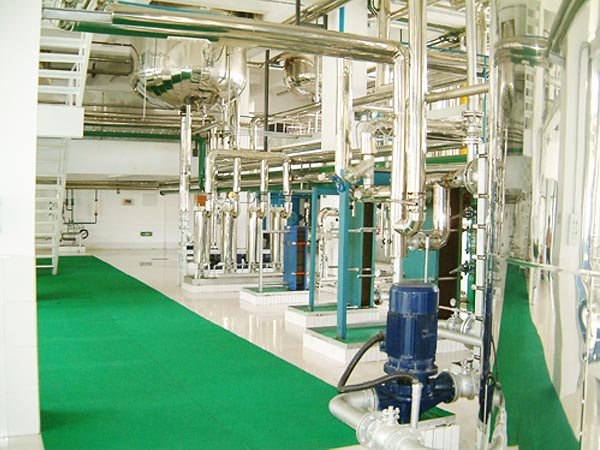Technology news
Soybean protein isolate equipment by Huatai
2024-09-24
The production of soy protein isolate (SPI) is a high-tech protein separation technology that is suitable for a variety of plants including soybeans, walnuts, and peanuts. This process extracts a milky white powdered protein isolate from soybean meal through a series of process steps, with a protein content of more than 90%. SPI is not only rich in protein, but also contains essential amino acids for the human body and is cholesterol-free. It is one of the rare varieties of plant protein that can replace animal protein.
The production process of SPI takes advantage of the significant changes in the solubility characteristics of soy protein at different pH values. Using low-temperature desolvated soybean meal as raw material, a high-purity protein isolate is extracted through a series of process steps. This protein isolate can be reconstituted with various foods to improve and enrich the nutritional value of foods.


The functional properties of SPI, such as water/oil binding, emulsification, foam formation, viscosity and gelation, are of great relevance in food processing. In addition, the protein concentration of SPI has a significant effect on its functional properties. For example, by increasing the concentration, the conformational stability of the protein can be increased, thereby increasing the reaction rate.


The global soy protein isolate market was estimated at USD 3,675.1 million in 2024 and is expected to reach USD 8,573.2 million by 2034. The market is expected to grow at a CAGR of 8.8% during the forecast period of 2024 to 2034.
The major drivers of the soy protein isolate market include the increasing demand for plant-based protein sources, rising health awareness, increasing demand for functional foods, and increasing interest in meat and dairy alternatives.
In industrial processing, soy protein isolate is extracted from soybean meal through a low-temperature desolventization process, which is essential for improving product quality and reducing production costs. Different low-temperature desolventization technologies, such as airflow flash desolventization and AB double-drum desolventization, have different effects on the loss of water-soluble protein, fragment formation, color change, equipment operation and maintenance cycle, solvent consumption, and steam consumption of soybean meal.
In addition, SPI is also used to make low-fat plant ice cream. Through high-pressure processing and modification of phospholipid complexes, it can replace milk to make ice cream, providing new possibilities for low-fat plant ice cream.
In general, SPI is a plant protein source with high nutritional value and is widely used in the food industry. The market demand for SPI is expected to continue to grow in the coming years.



